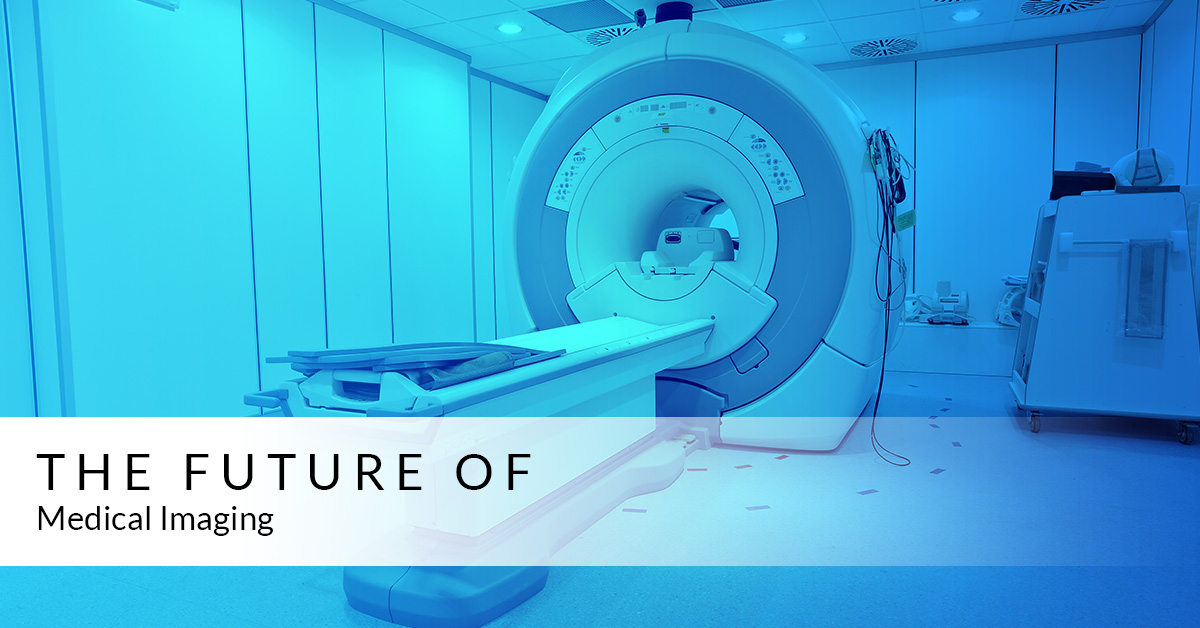MEDICAL IMAGING SPECIALISTS

The Future of Medical Imaging
 Healthcare is, in large part, a science; however, it is greatly an ever-evolving art. In the world of evidence-based medicine, technology is forced to attempt to keep up with evolving practices and trends. Improvements in medical technology are guided and directed by identified issues by those who practice in the field. The current millennium has seen relentless technological advancements, and the future looks just as bright. While we currently have some amazing options for medical imaging technology, the future holds even better options. All medical imaging modalities use energy to create images of structures. As we learn more about energy and how to manipulate it, read it, and understand it, we are able to advance the tools that collect the information required. Here, we will discuss a few of the emerging technologies that are sure to surface within the next few years.
Healthcare is, in large part, a science; however, it is greatly an ever-evolving art. In the world of evidence-based medicine, technology is forced to attempt to keep up with evolving practices and trends. Improvements in medical technology are guided and directed by identified issues by those who practice in the field. The current millennium has seen relentless technological advancements, and the future looks just as bright. While we currently have some amazing options for medical imaging technology, the future holds even better options. All medical imaging modalities use energy to create images of structures. As we learn more about energy and how to manipulate it, read it, and understand it, we are able to advance the tools that collect the information required. Here, we will discuss a few of the emerging technologies that are sure to surface within the next few years.
Breakthru Imaging Modalities
While the x-ray and the MRI continue to be the standard for medical imaging modalities, and will likely continue as such, there are emerging specialty modalities that will make a dramatic difference in their specialized fields. In recent years, the newest advancements are in the world of mammography and breast cancer research. Two emerging modalities are the digital breast tomosynthesis (DBT) and 3-D ultrasonic holography. The DBT, or 3-D mammography, is the new gold standard in breast imaging because of its advanced 3D technology that makes lesion identification easier and leads to earlier cancer detection. Earlier detection dramatically improves the chances for a positive outcome for patients. The 3-D ultrasonic holography has an appeal because it does not use radiation, which makes it ideal for both preventative and post-operative breast cancer patients.
Harnessing 3D and 4D Potential

3D and 4D technologies have advanced greatly, and there is still room for improvement. Many medical imaging modalities already use 3D and 4D technology to produce better diagnostic images that have increased the contrast in soft tissues, which makes abnormalities easier to detect. As we further understand how 3D and 4D images are created, we are able to reduce scatter caused by motion or metal artifacts. Clearer images serve as better, more accurate diagnostic tools.
One of the potential developments for the future of 3D imaging is creating 3D anatomical models of organs prior to actual surgery. The technology required to generate a model from a 3D image is not new but is new to the medical field in this manner. Although creating anatomical models is not ideal for every scan or procedure, it may prove beneficial for detailed cases that would significantly benefit from the surgeon’s ability to visualize the pathology beforehand.
Mobile Technologies
While the idea of mobile imaging is not new — x-ray on wheels, mobile ultrasound, etc. — the complete mobile package has yet to emerge. The barriers to full mobile medical imaging services derive from security in transmitting patient information. Major advancements are underway in the world of picture archiving and communication systems (PACS) and cloud-based software that would allow real-time review by a radiologist and the patient’s medical team.
The world of medical imaging is an exciting one, full of constant change and improvement. To keep up with the latest technologies, you need a medical imaging sales, installation, and repair team that you can trust. At Bravo Imaging, we outfit hospitals, outpatient clinics, urgent care centers, women’s centers, chiropractors’ offices, and veterinary clinics with all of the imaging services needed to provide the best patient care possible. We are experts in our field and would love to help improve your practice. Contact us for more information or to have one of our technicians make suggestions for improvement to your facility.
